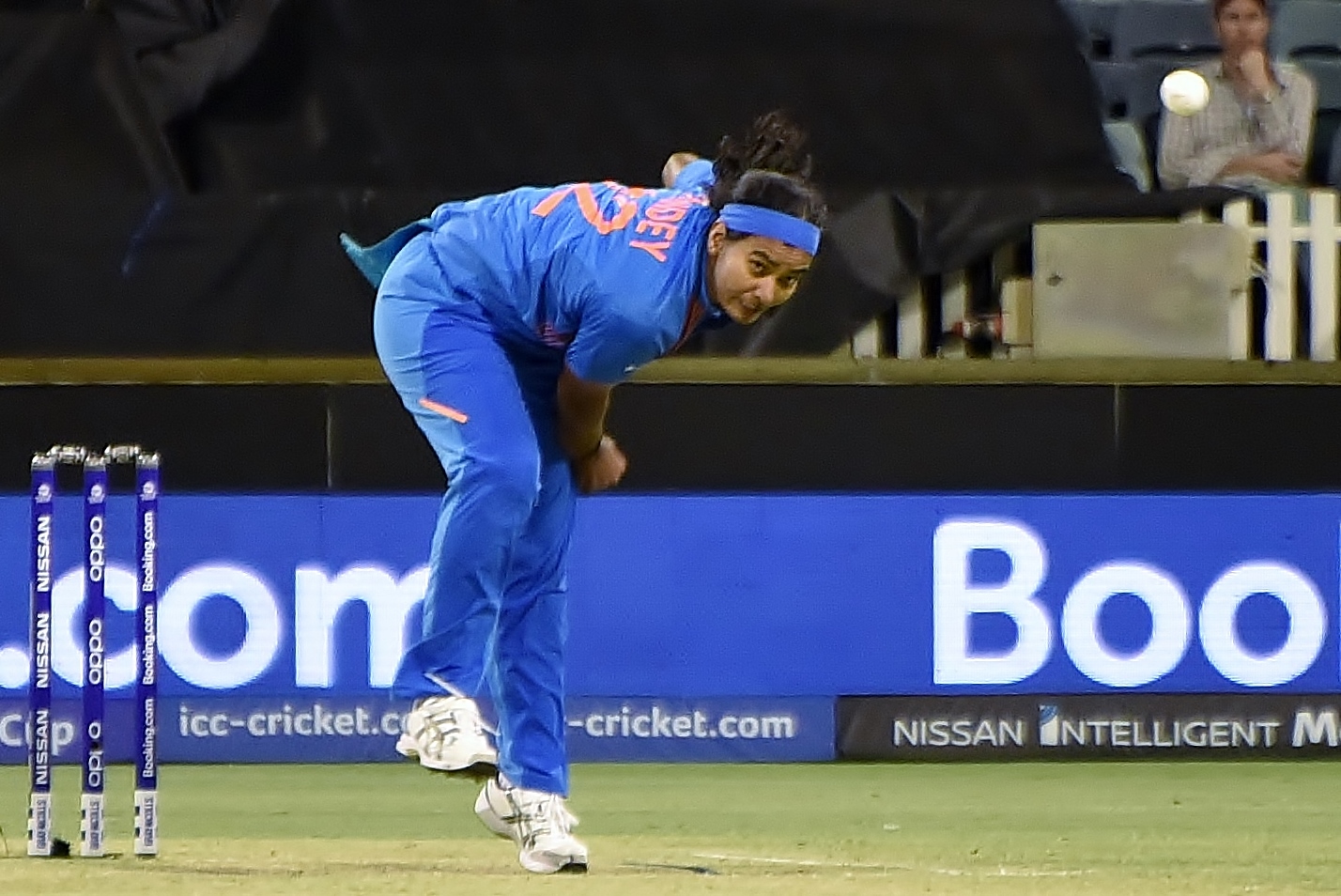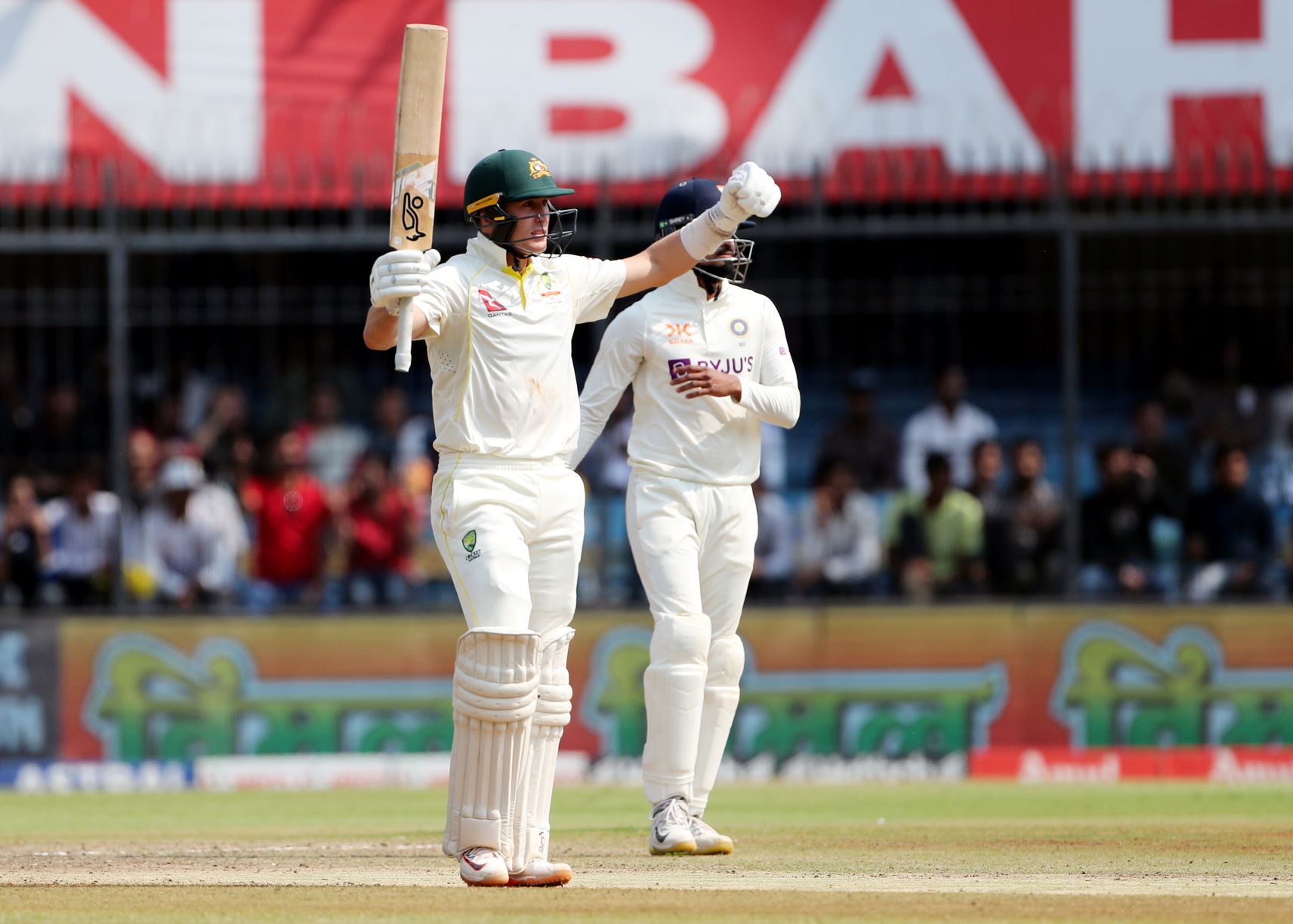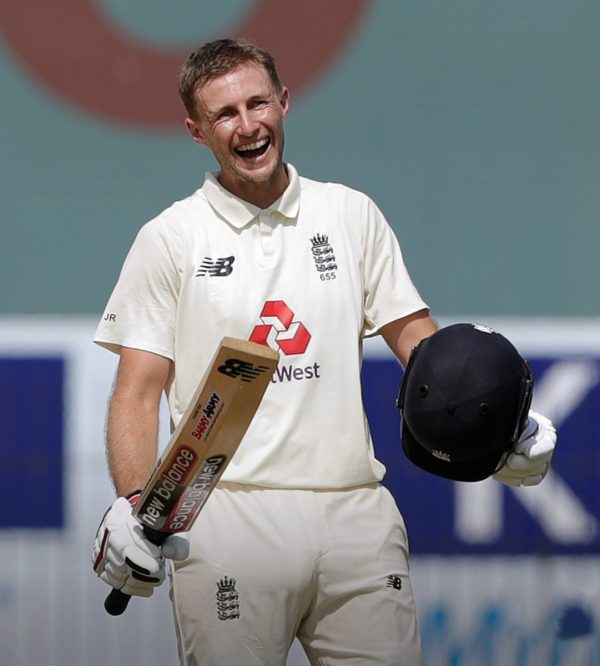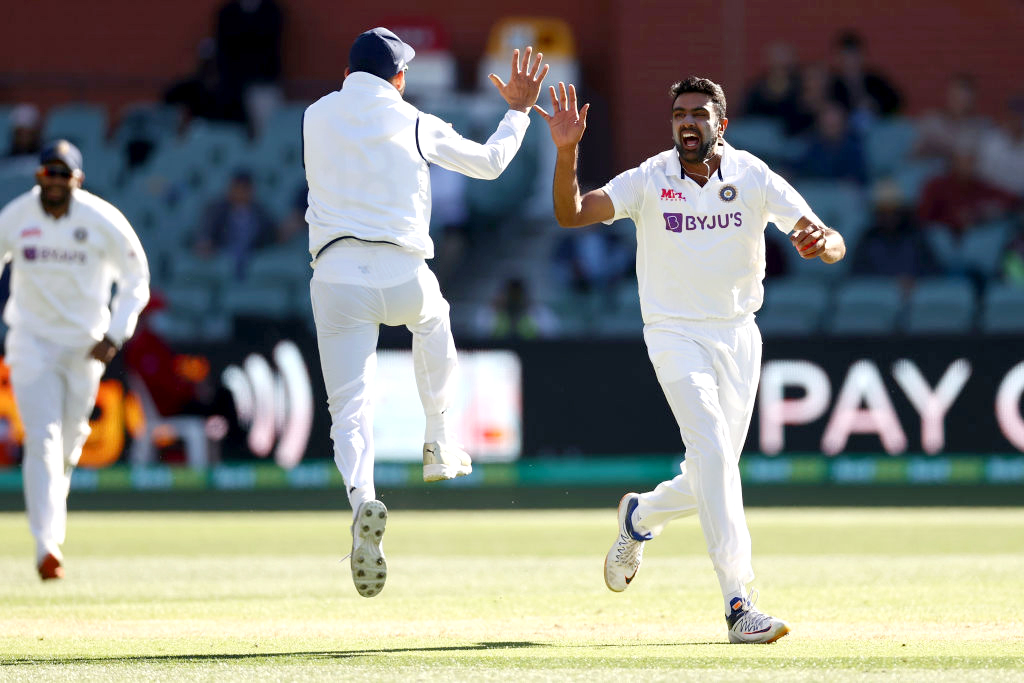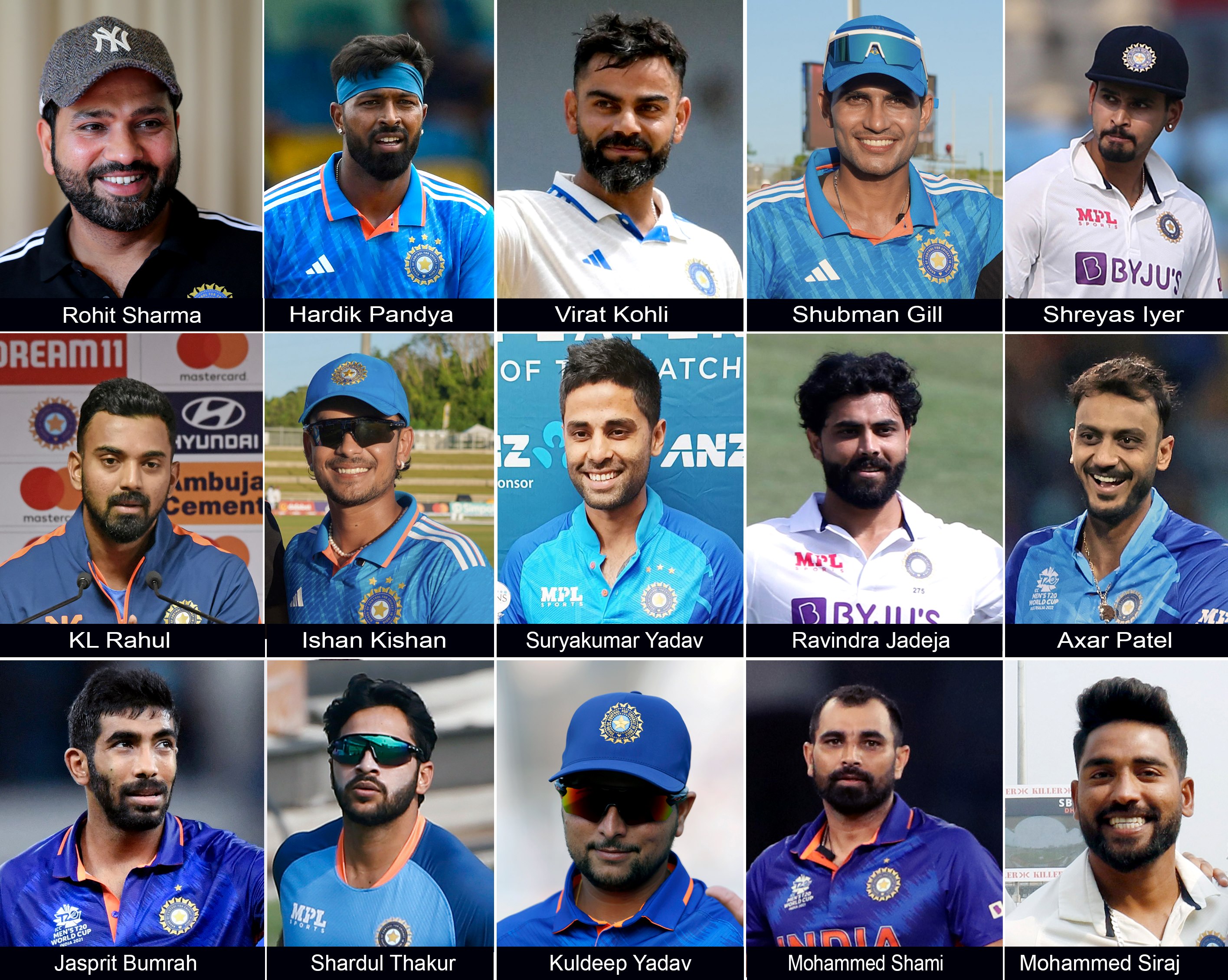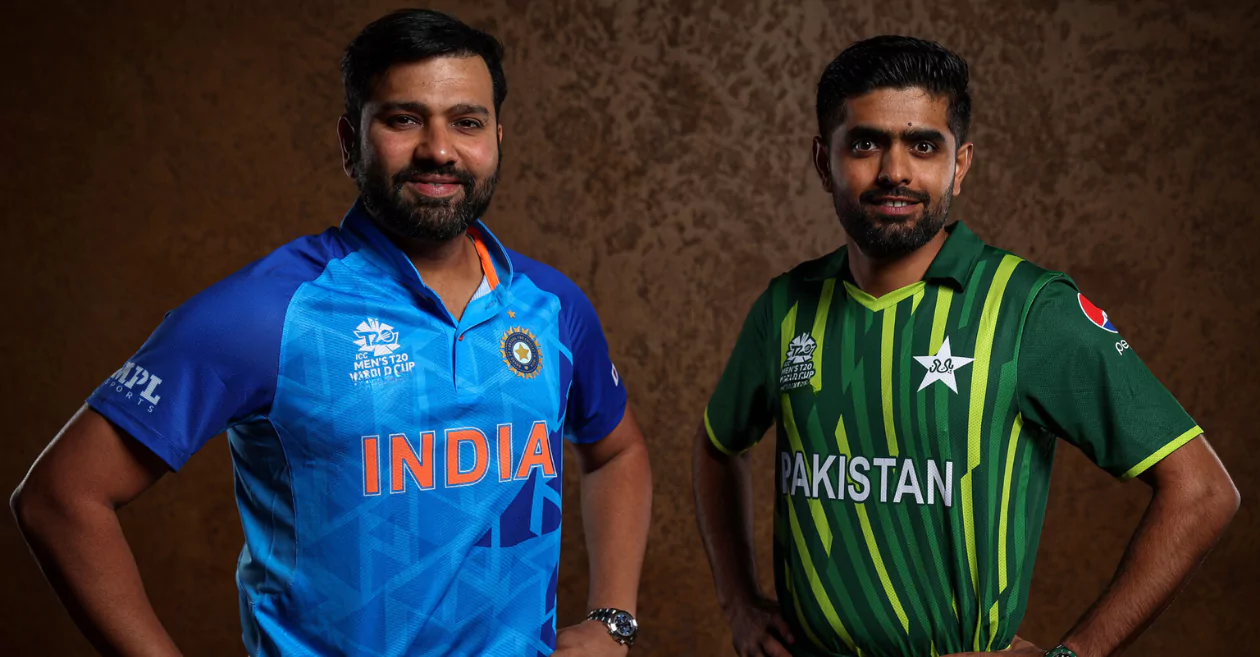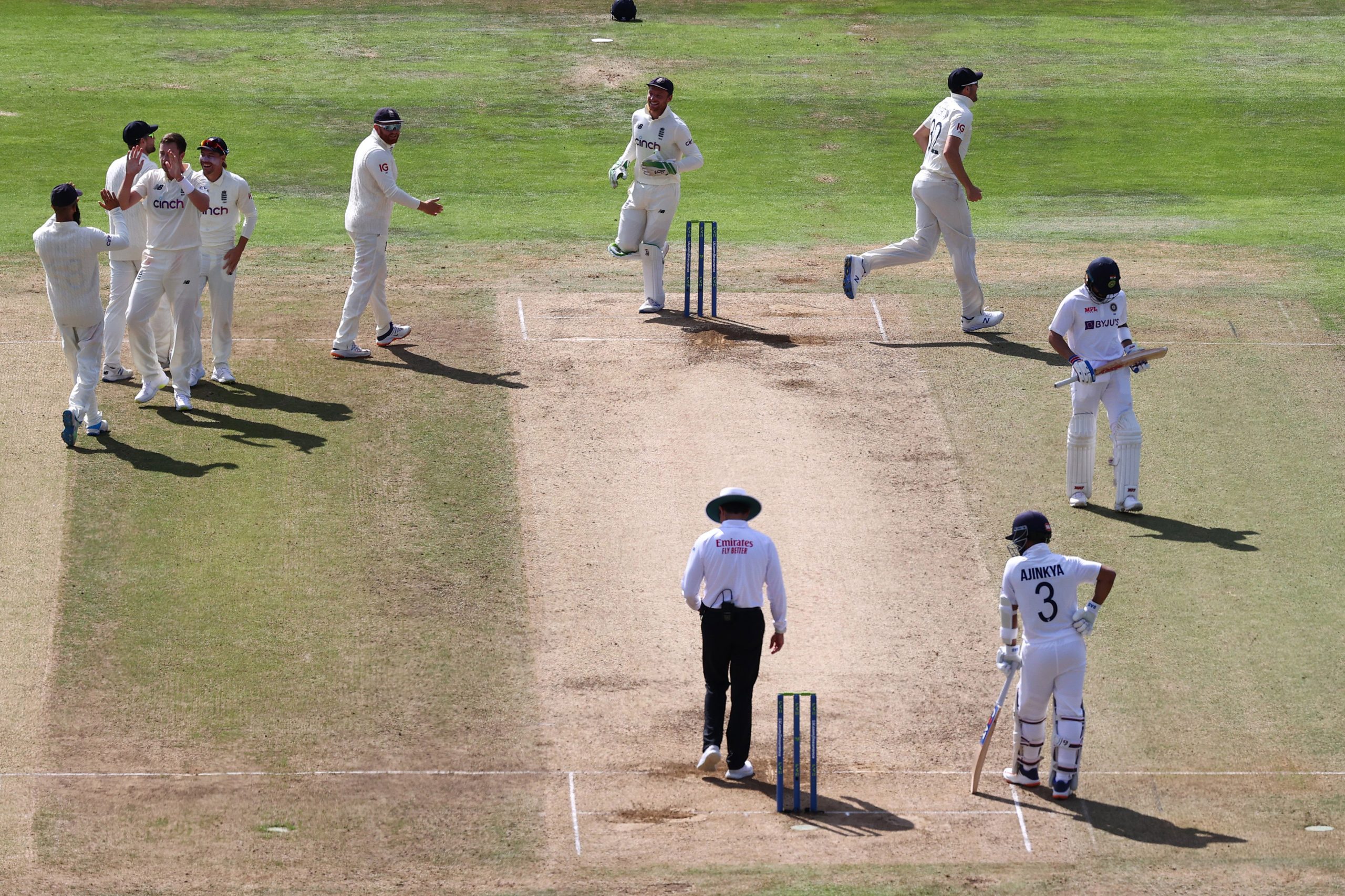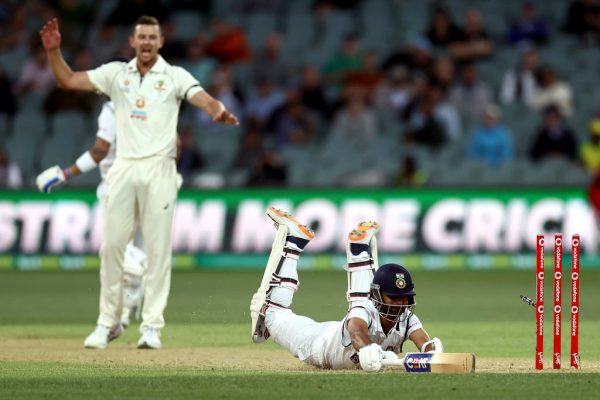The pandemic has elevated the disparity between men’s and women’s cricket, with the situation worsening in recent weeks
Post-Pandemic Disorder
The crescendo beginning in the 2017 Women’s ODI World Cup peaked on March 8th, 2020 with 86,174 spectators witnessing the World T20 final. However, progress has stalled due to the COVID-19 break. Between March 2020 & January 2021, here is how the counterparts stacked:
- Maximum possible days of international cricket scheduled (5 days maximum per tests)
- Men: 128 days
- Women: 16 days (including 5 Austria-Germany T20Is)
- Total Matches Played (International/Leagues)
- Men: 540
- Women: 144
Oh yeah, and while the BCCI is moving heaven and earth to resume its second iteration of the IPL post-pandemic, Women’s T20 Challenge has accumulated only 4 matches combined.
Miscommunication at Its Finest

Women’s cricket resumed in September 2020 as West Indies toured England. Later in the year, New Zealand played against Australia & England, and Pakistan visited South Africa. It took Indian women an entire year before a series against South Africa was scheduled in March 2021, with the Proteas thrashing India 4-1 (ODIs) & 2-1 (T20I).
Although series loss should have been attributed to lack of match practice, domestic tournaments, & national camps, highly regarded coach WV Raman was the casualty, alleging a “smear campaign” against him. Replacement Ramesh Powar, who famously had a fallout with Mithali Raj in 2018, was picked as the head coach again.
Stark Payment Gap
Although women cricketers have seen a marked increase in revenue since 2017 (with New Zealand, England, India, & Australia expanding central contracts), it is nearly not enough.
BCCI’s latest contracts caused uproar, with the highest paid men’s bracket worth fourteen times as much as the highest paid women’s bracket.
Grade A+, consisting of Kohli, Sharma, and Bumrah earn about 7 crores (INR) or about $964,000 (USD). Grade A earn 5 crores ($689,000), B with 3 crores ($413,000), & C, consisting of the likes of Kuldeep & Gill, earn around 1 crore ($138,000).
Their counterparts—Mandhana, Kaur, & Poonam (Grade A) earn 50 lakhs INR ($68,000), while stalwarts like Mithali Raj & Jhulan Goswami (Grade B) plummet down to 30 lakhs ($41,000). This is comparable to the current standard around the world, but things do need to change.
What’s worse? World T20 finalist prize money worth $500,000 has not been paid yet, 14 months later. It took a Telegraph article & subsequent social media outrage for BCCI to act, finally paying the dues.
The most profitable cricket board needs to allocate resources properly. The least they can do is avoid media stunts and focus on tangible progressive changes.
Hope in Times of Uncertainty
Not all is lost, however.
Indian women are slated for two Test matches (last Test in 2014) this year, one each against England & Australia. The Test in Australia will be a day-night affair, which adds another layer of excitement.
Apart from the ongoing Ireland-Scotland series, New Zealand’s tour of England in September is the only other scheduled series prior to the ODI World Cup (March 2022).
The Hundred Is the Savior
The Hundred in July this year promises to be a game-changer for women’s cricket.
All men & women’s game will be held on the same day on the same ground, will be televised (including free-to-air games), and prize money will be shared evenly between the winners of the men’s & women’s tournaments. It has the potentialize to revolutionize the women’s game and become a template for other T20 leagues to follow.
Even Indian players have been given the green signal to participate in the Women’s Hundred & the Women’s Big Bash League (WBBL).
When Will the Attitudes Change?
Australia, England, New Zealand are prime examples of how to recruit the future of women’s cricket, with efforts visible in the WBBL & New Zealand’s Super Smash tournaments.
Yet, there is still a long way to go. Each national board should prioritize women’s cricket, invest accordingly in the infrastructure, and work together with other nations to uplift standards. Am I hoping against hope?
This article was originally published on this link (5/27): Need For Change in Women’s Cricket: Hoping Against Hope
















